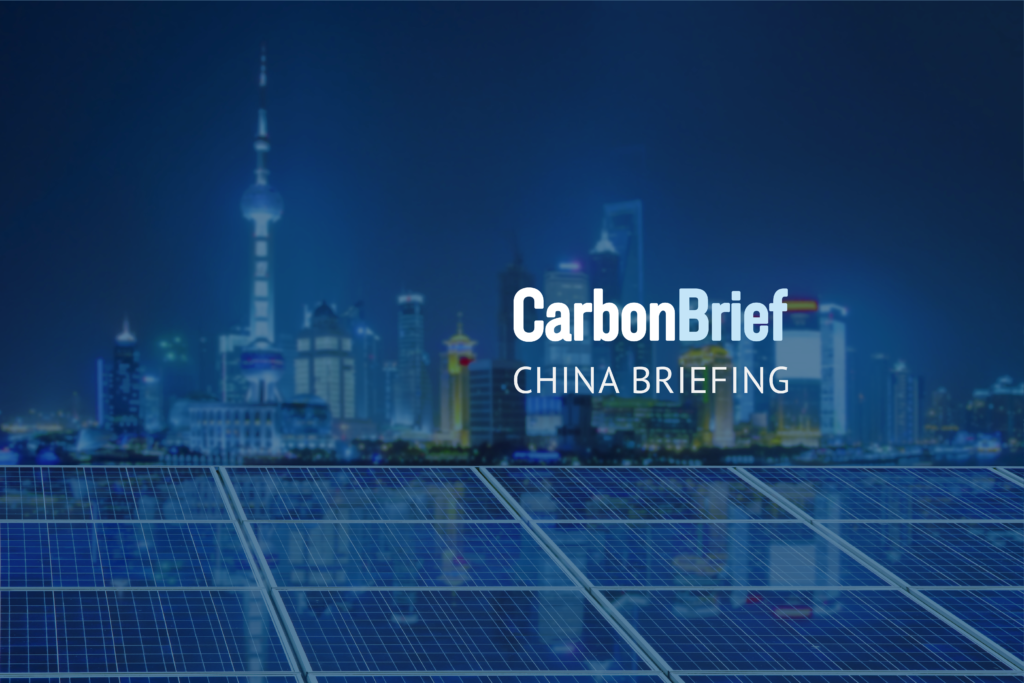Geothermal energy resources are distributed unevenly across the globe, with hotspots located in regions such as the Pacific Ring of Fire and East Africa’s Rift Valley. Despite this variability, many countries are actively pursuing geothermal development due to its potential to provide reliable, baseload power. With advancements in technology, the global capacity for geothermal energy production continues to grow.
What Is Geothermal Energy?
Geothermal energy arises from the heat stored within the Earth’s crust. The Earth’s core maintains a relatively constant temperature, akin to the Sun, due to ongoing nuclear fusion processes. The intense heat and pressure beneath the surface cause some rocks to melt, leading to upward movement in the mantle as they become less dense with heat. These molten rocks, now situated in the Earth’s crust, are pushed upwards and trapped in specific areas known as ‘hot spots.’ When underground water encounters these hot spots, it transforms into steam. Occasionally, these regions with hot water find openings at the surface, resulting in the emergence of hot springs when the heated water bursts out.
The temperature contrast between the Earth’s core and its surface propels an unceasing conduction of thermal energy from the planet’s interior to its outer layers.
Extreme temperatures exceeding 4000°C lead to the melting of certain rocks in the Earth’s core, forming molten rock known as magma. These high temperatures also induce plastic behavior in the mantle, causing sections of it to convect upwards due to their lighter density compared to the surrounding rock.
How Does Geothermal Energy Work?
Geothermal power plants come in three different designs; dry steam, flash and binary:
- The oldest type is dry steam, which takes steam directly from fractures in the ground to drive a turbine.
- Flash plants pull high pressure hot water from underground and mix it with cooler low pressure water. This, in turn, creates steam that is used to drive a turbine.
- Binary plants use hot water passed through a secondary fluid that has a lower boiling point than water. The secondary fluid is turned into vapour which drives a turbine. Most future geothermal power plants are expected to be binary plants.
Global Geothermal Energy Potential
Geothermal energy resources are distributed unevenly across the globe, with hotspots located in regions such as the Pacific Ring of Fire and East Africa’s Rift Valley. Despite this variability, many countries are actively pursuing geothermal development due to its potential to provide reliable, baseload power. With advancements in technology, the global capacity for geothermal energy production continues to grow.
Benefits of Geothermal Energy:
Renewable: The heat emanating from the Earth’s interior is continuously replenished by the decay of naturally occurring radioactive elements and will remain accessible for billions of years.
Firm and Flexible: Geothermal power plants consistently generate electricity and can operate around the clock, regardless of weather conditions. They can also adjust their generation capacity to match fluctuations in electricity demand.
Domestic: Geothermal resources in the United States can be utilized for both power generation and heating/cooling purposes without the need to import fuel from external sources.
Small footprint: Geothermal power plants and heat pumps have compact designs. Geothermal power plants require less land per gigawatt-hour (404 m2) compared to coal (3,642 m2), wind (1,335 m2), and solar photovoltaic (PV) power stations (3,237 m2) of comparable capacity. Geothermal heat pumps can be easily installed in existing buildings or integrated into new construction projects.
Clean: Modern geothermal power plants produce no greenhouse gas emissions and have life cycle emissions four times lower than solar PV and six to 20 times lower than natural gas. Additionally, geothermal power plants consume less water on average over their lifetime compared to most conventional electricity generation technologies.
Click Here to Get More Information
Geothermal Energy Industry Growth Factors:
- Renewable Energy Demand: Increasing global awareness of environmental issues and the need to reduce carbon emissions has led to a growing demand for renewable energy sources like geothermal.
- Government Support: Many governments around the world are implementing policies and incentives to promote the development of geothermal energy, including subsidies, tax credits, and feed-in tariffs.
- Technological Advancements: Advances in drilling techniques, reservoir management, and power plant design have made geothermal energy more efficient and cost-effective, driving market growth.
- Energy Security: Geothermal energy offers a reliable and consistent source of power compared to intermittent renewable sources like wind and solar, making it an attractive option for countries seeking energy security.
- Low Operating Costs: Once a geothermal power plant is operational, the ongoing costs are relatively low compared to fossil fuel-based power plants, providing long-term economic benefits.
- Job Creation and Economic Development: The development of geothermal projects creates jobs in drilling, construction, and operation, contributing to local economic growth and stability.
- Geographic Availability: Regions with significant geothermal resources, such as the Ring of Fire and geologically active areas, have the potential to become major players in the geothermal energy market.
- Energy Transition: As countries transition away from fossil fuels towards cleaner energy sources, geothermal energy is increasingly recognized as a vital component of the energy mix, driving market growth.
Applications of Geothermal Energy
Generation of electricity: Geothermal power plants are usually installed within a two-mile radius of the geothermal reserve. The steam from these reserves is either directly used to rotate the turbines of an electrical generator or is used to heat water which then produces steam for the process.
- Farming: In cold countries, geothermal energy is used to heat greenhouses or to heat water that is used for irrigation.
- Industry: Geothermal energy is used in industries for the purpose of food dehydration, milk pasteurizing, gold mining, etc.
- Heating: Geothermal energy is used to heat buildings through district heating systems in which hot water through springs is directly transported to the buildings through pipelines.
Disadvantages of Geothermal Energy
- Transportation and transmission: Unlike fossil fuels, geothermal energy cannot be transported easily. Once the tapped energy is harnessed, it can only be used efficiently in nearby areas. Also, with the transmission, there are chances of the emission of toxic gases getting released into the atmosphere.
- High installation cost: The installation of geothermal power plants to get steam from deep under the Earth requires a huge investment in terms of material and human resources.
- Intensive research required: Before setting up a plant, extensive research is required, as the sites can run out of steam over time due to a drop in the temperature due to excessive or irregular supply of inlet water.
- Limited to particular regions: The source of geothermal energy is available in limited regions, some of which are highly inaccessible, such as high-rise mountains and rocky terrains, which renders the process economically infeasible in many of the cases.
- Impact on the environment: Geothermal sites are present deep under the earth, so the process of drilling may result in the release of highly toxic gases into the environment near these sites, which sometimes prove fatal to the workforce involved in the process.
Top Key Companies Profiled;
Turboden S.p.A.; Green Energy Geothermal; Berkshire Hathaway Inc.; Terra Gen, Reykjavik Geothermal; Alterra Power Corporation; TAS Energy; Atlas Copco Group; Exergy; ElectraTherm; Calpine Corporation; Fuji Electric Co. Ltd.; Toshiba Corporation; Mitsubishi Heavy Industries; General Electric; Ansaldo Energia; Ormat Technologies



















Discussion about this post